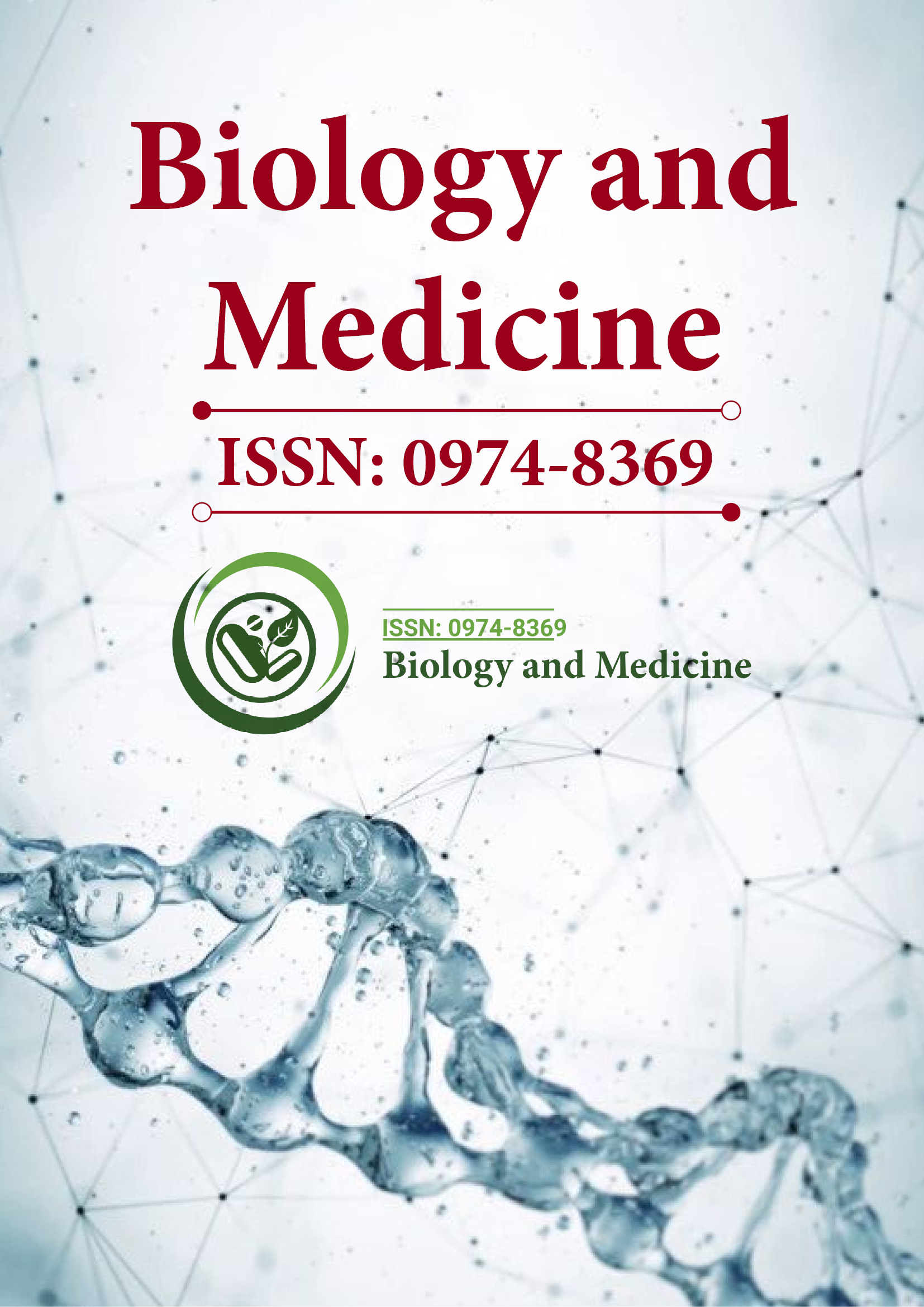Indexado em
- Abra o Portão J
- Genamics JournalSeek
- CiteFactor
- cosmos SE
- Scimago
- Diretório de Periódicos de Ulrich
- Biblioteca de periódicos eletrônicos
- RefSeek
- Universidade de Hamdard
- EBSCO AZ
- Diretório de Indexação de Resumos para Periódicos
- OCLC- WorldCat
- Invocação Proquest
- Scholarsteer
- ESTRADA
- Biblioteca Virtual de Biologia (vifabio)
- publons
- Fundação de Genebra para Educação e Pesquisa Médica
- Google Scholar
Links Úteis
Compartilhe esta página
Folheto de jornal

Periódicos de Acesso Aberto
- Agro e Aquicultura
- Alimentos e Nutrição
- Bioinformática e Biologia de Sistemas
- Bioquímica
- Ciência de materiais
- Ciencias ambientais
- Ciências Clínicas
- Ciências Farmacêuticas
- Ciências gerais
- Ciências Médicas
- Cuidados de enfermagem e saúde
- Engenharia
- Genética e Biologia Molecular
- Gestão de negócios
- Imunologia e Microbiologia
- Neurociência e Psicologia
- Química
Abstrato
Tentative Analysis of Biomarkers Associated with Filariasis in Moungo Division, Littoral, Cameroon
Jean Baptiste Hzounda Fokou1*, Syntiche Teudem Biyong1, Francine Kouemo2, Fru Awah Akumwah1, Ambassa Reine1, Véronique Simone Fannang3, Juliette Koube1, Jules Clement Assob3
Filariasis is a significant cause of morbidity and a public health concern in most tropical countries. These diseases are usually contracted in childhood and most often diagnosed in adulthood. This study aimed to identify biochemical markers associated with filariasis and the endobacteria present in microfilariae. This was a cross-sectional analytical study within a hospital setting. Persons aged from six years and above were included in the study. They were then clustered into asymptomatic and symptomatic. Data was collected from February, 2023 to June, 2023. Blood, urine and skin samples were collected and analysed by microscopy to identify microfilariae. The plasmatic and urinary markers were evaluated by spectrophotometry and protein fraction was monitored by electrophoresis. The data was analysed using software-SPSS 25 with the significant threshold set at 0.005.
A total of 55 persons were included in the study, representing 74.32% of the total population questioned. The sex ratio (F/M) was 2.66. The infection rate was 18.2% Onchocerca volvulus, 54.54% Mansonella perstans, 22.72% Loa loa and 4.54% Wuchereria bancrofti. Protein levels were 35% higher in the asymptomatic with no parasite, 80% in the asymptomatic with detected parasite and 91.67% in the symptomatic. The decrease in albumin fraction and increase in gamma fractions seem to be correlated with the presence of parasites in the blood. These results suggest that protidemia and serum protein are significant indicators in the diagnosis of filariasis.